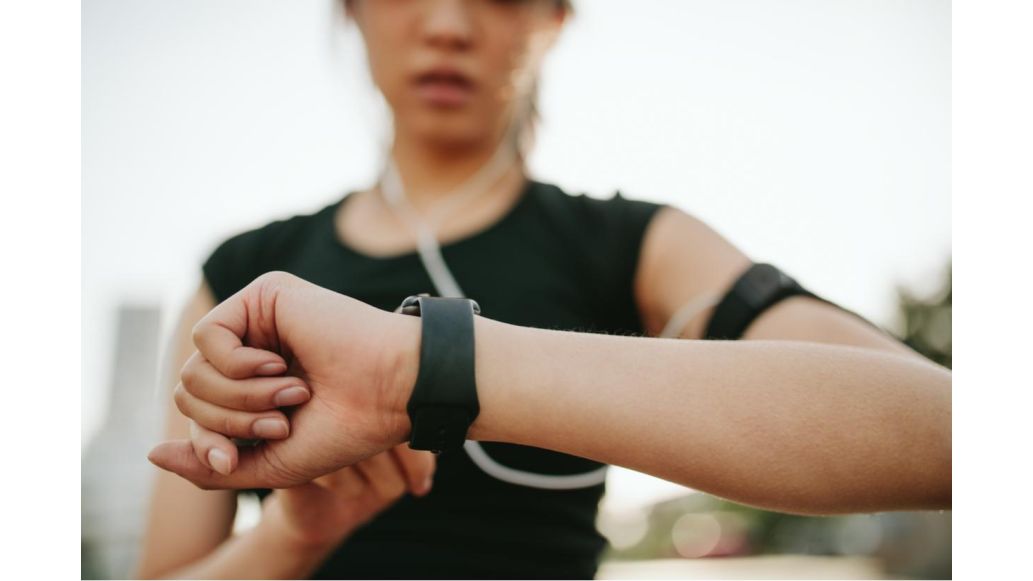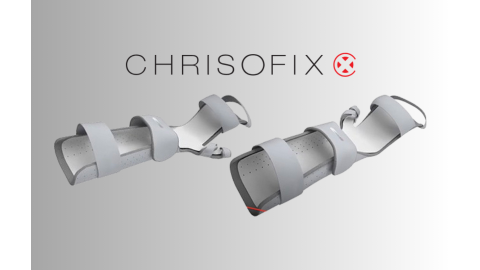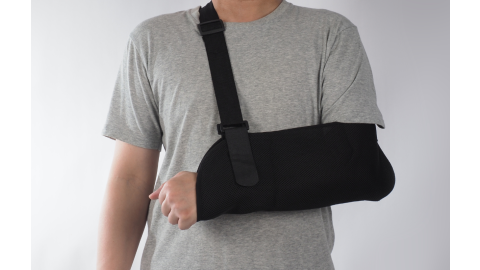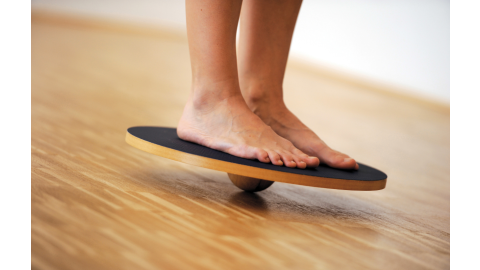Looking for more ways to increase your physical activity and work exercise into your daily routine? For many people, pedometers offer a convenient way to track daily physical activity. These handy devices are smaller than a pager, affordable, widely available, and easy to use. Pedometers are a good motivational tool to help make a significant impact on your overall health.
Evaluate your success based on your pedometer and set new walking goals each week for a healthier lifestyle that’s just steps away!
Benefits of Using a Pedometer
Studies have shown that those who track their steps with a pedometer are associated with increased physical activity, weight loss, and improved blood pressure compared to those who don’t track their steps. Those who use a pedometer walk an average of 2,000 more steps and have an overall physical activity level increase of 27%.
A pedometer can catch small increases in activity, like walking upstairs instead of taking elevators. Many people who increase activity while wearing pedometers seem to do so through these small bits of walking. One of the biggest motivators for getting a pedometer is to lower your risk of heart disease and stroke. High blood pressure and high cholesterol are risk factors for heart disease and stroke. You can greatly reduce your chance of getting these conditions by simply walking every day.
Another benefit of using a pedometer or fitness tracker is the visual progress. These devices are designed to show you how many calories you’ve burned, how many steps you’ve taken, and how long you’ve been active. Memory storage and progress trackers within the device easily reveal your progress and show growing levels of endurance and challenge. These tools help you stay motivated about your daily workouts.
Which Type of Pedometer Works Best?
To properly wear your pedometer, it should be attached about half-way between your side and your belly button on the waistband of your pants. It should always be kept in the horizontal position, lined up with your knee, and remain parallel to the ground.
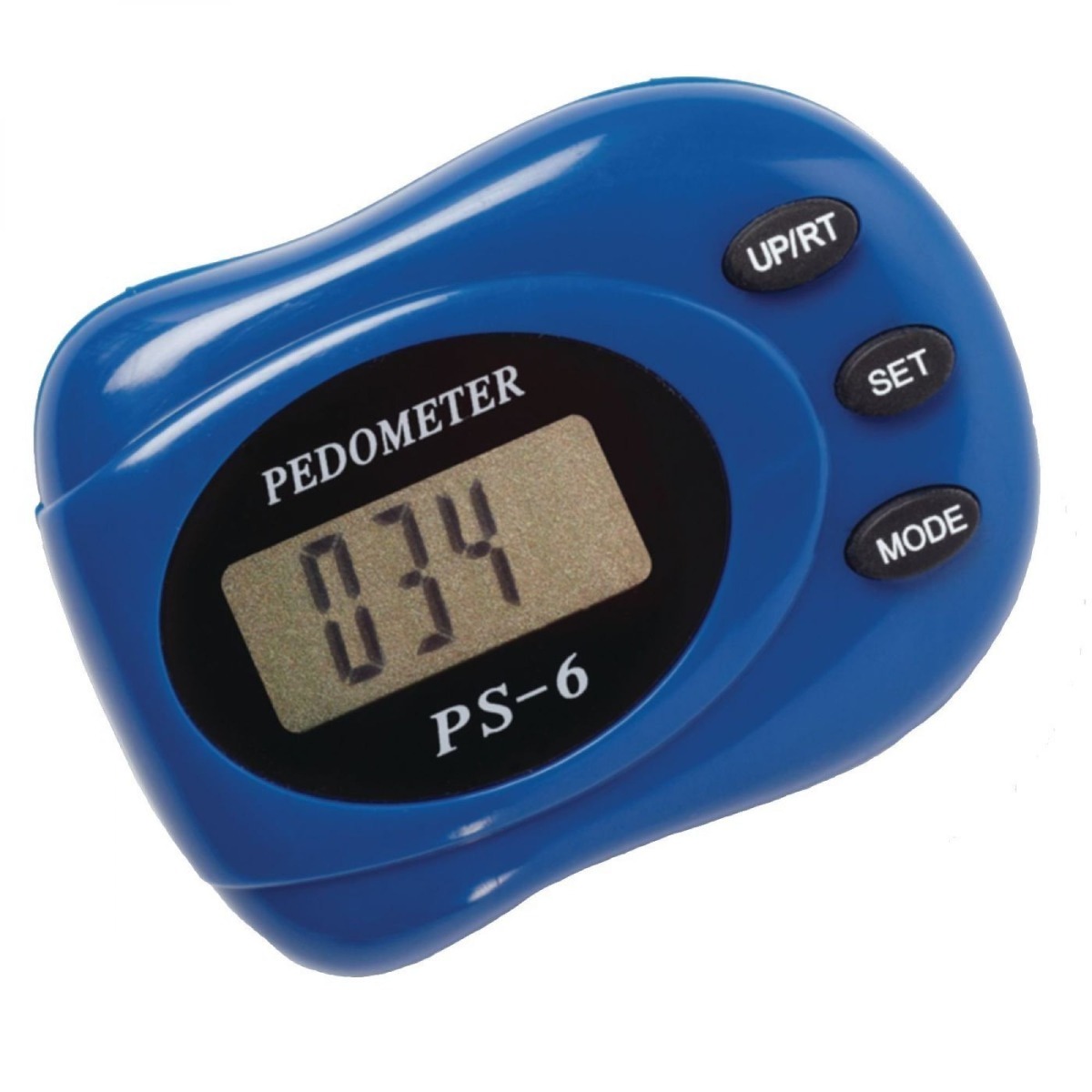
This pedometer with a built-in clip measures steps, distance (kilometers only) and calories. It automatically works out the total distance based on steps and the distance for each step.

This fitness tracker accurately measures your speed, distance, pace, and heart rate while running or exercising indoors or out. This monitor features smart coaching and includes an extended battery life that lasts for up to 30 hours of training time.
How Do I Use a Pedometer?
Set a goal to have your pedometer reading 1,000 more steps than you're normally walking in a day. For example, if you currently walk 5,000 steps daily, make your goal to 6,000 steps. Once you feel comfortable with the number, take the next week to boost your number to 6,500 or 7,000 steps. Once you become familiar with the equivalence between steps and milage, you can learn to use pedometer readings to estimate the distance you've walked each day. For example, 4,000 steps are approximately equivalent to 2 miles.
To test that your pedometer is in the right place, reset it to 0, and manually count off 25 steps. Then, look at your pedometer. It should reflect no fewer than 24 steps and no more than 26. If it's further off than that, move it to the left or right and repeat the test until the results more accurately reflect your actual number of steps.
How Many Steps Should I Take Per Day?
Aiming for 10,000 steps per day is widely recommended by physicians, trainers, and organizations. Research shows that walking 10,000 steps per day is necessary to maintain a healthy active lifestyle. It’s recommended that when you schedule walks into your fitness regimen, you should walk at a brisk pace. The quicker you move, the harder your body must work to increase energy consumption. On average, a person can burn about 50-70 more calories per hour by increasing their walking speed. If you're interested in burning calories, you'll want to move faster, rather than slower.
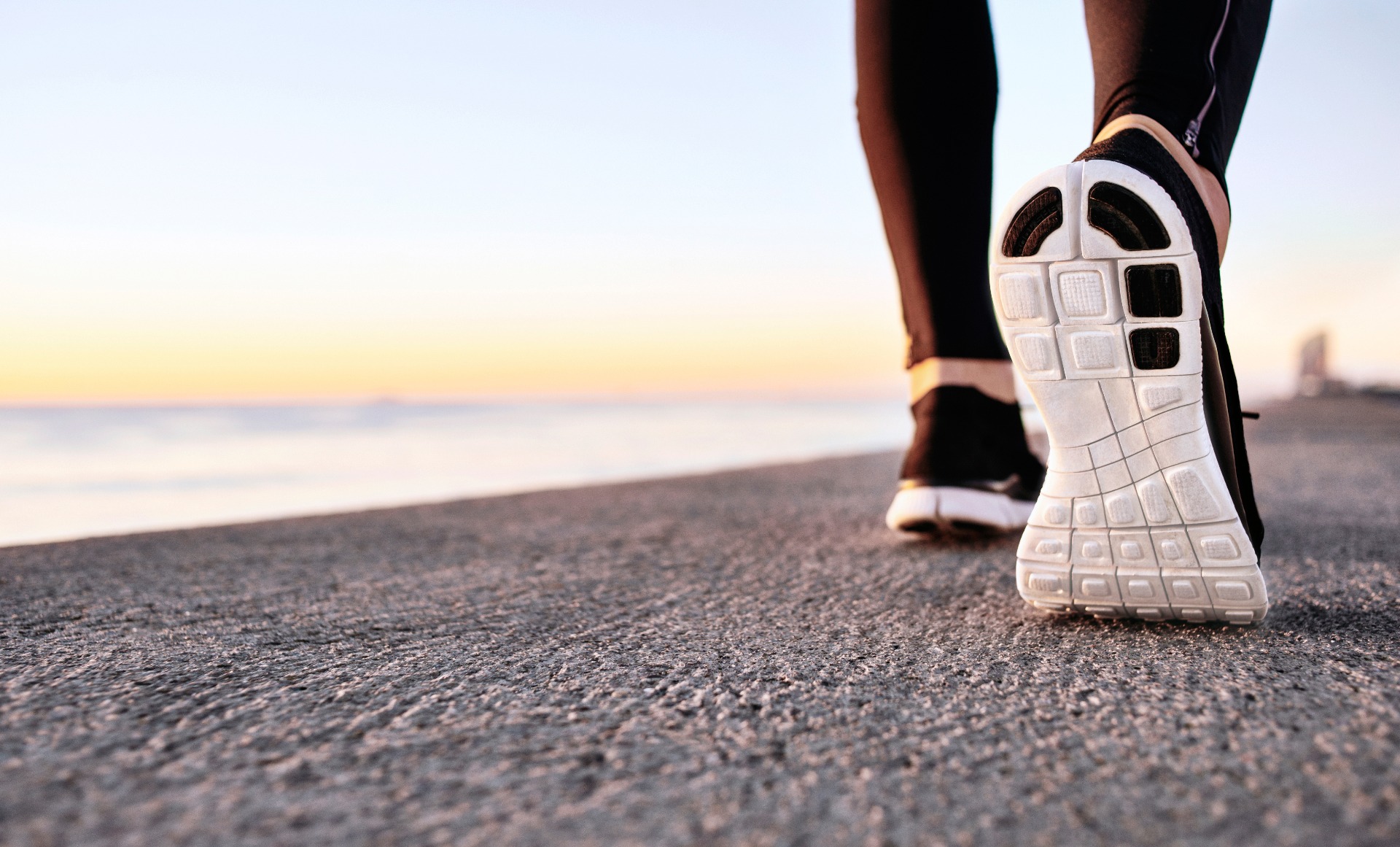
How Can I Increase My Steps?
To help increase your daily steps, consider using other movements besides walking. A pedometer doesn’t just measure steps while walking, it records any sort of rhythmic, repetitive, up-and-down motion. Some of these movements include running, hiking, climbing up and down stairs, jump roping and biking (if the pedometer has the option to record the speed and distance). However, your average stride length may differ for these activities and the distance reading you get may not be as accurate.
Some other creative ways to increase your steps include:
- Park your car at the far end of the lot and get some extra steps in walking to and from your car
- Skip the elevator and escalator and take the stairs instead. Going up and down a flight of stairs multiple times per day can significantly increase the number of steps you take
- Try standing or walking during meetings. Consider purchasing a standing desk, desk peddler, or elliptical peddler if you can’t seem to break away from the computer
- If your work or school is within a reasonable distance, leave the car at home and walk instead. This goes for walking to the grocery store, coffee shop, gym, and more
- Instead of sitting on the couch with your phone during the commercial break, get up and move around until your show comes back on. You can jog in place, do jumping jacks, or even perform high knees
Conclusion
To help stay motivated while using your pedometer, we’ve come up with a few other ways to help you reach your fitness goals!
- Set a reminder on your phone every hour to get up and move. The alert can be used to remind you of your goals when you don't feel like exercising
- Get a healthy amount of rest every day. Based on individual factors such as activity level and overall health, most adults are recommended to sleep 7-9 hours every night
- Listen to music, audio books, or podcasts during your walks. Listening to upbeat songs can help boost your mood and improve overall exercise performance
- Write down your achievements and tell other people about your goals. Sharing your goals with others can hold you accountable and help you overcome obstacles
Pedometers are an essential tool to help you track your fitness goals and help you get those steps in every day. Whether you’re focused on weight loss or lowering blood pressure, choose a reliable pedometer that will accurately track your steps over time!
References
- Anonymous. (2020). Using a Pedometer. SportMedBC. Retrieved from https://bit.ly/37nOg4W
- Miller, Erin. (2019). 15 Ways to Increase Your Daily Step Count. SkinnyMS. Retrieved from https://bit.ly/3o3innY
Medical Disclaimer: The information provided on this site, including text, graphics, images and other material, are for informational purposes only and are not intended to substitute for professional medical advice, diagnosis or treatment. Always seek the advice of your physician or other healthcare professional with any questions or concerns you may have regarding your condition.








 France
France Australia
Australia